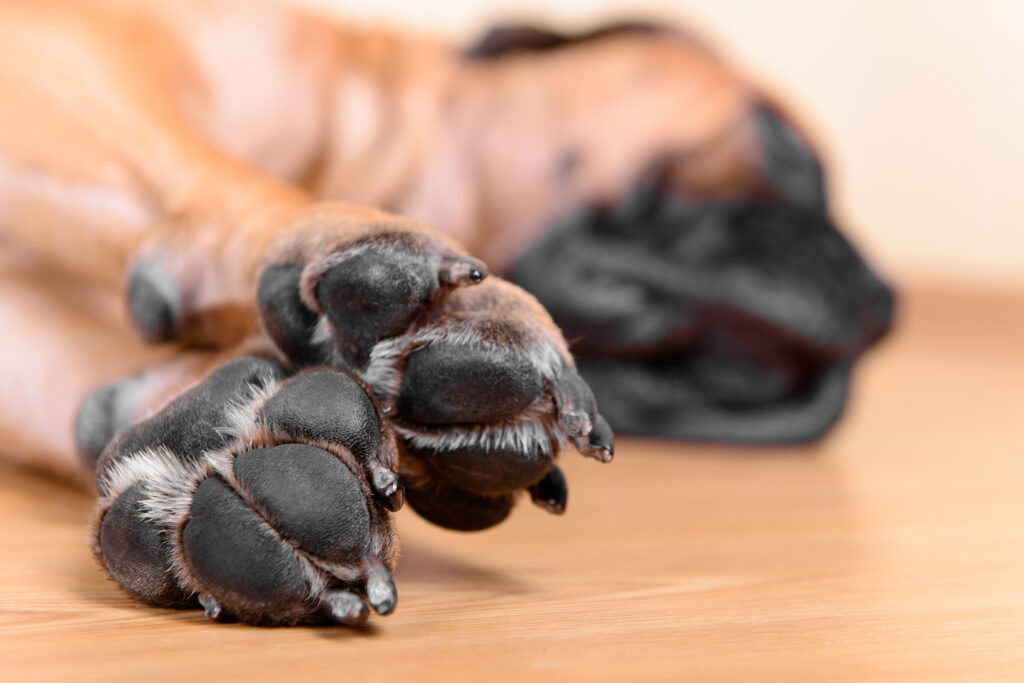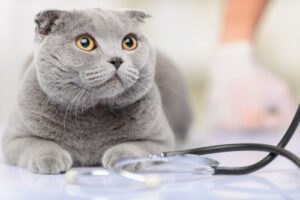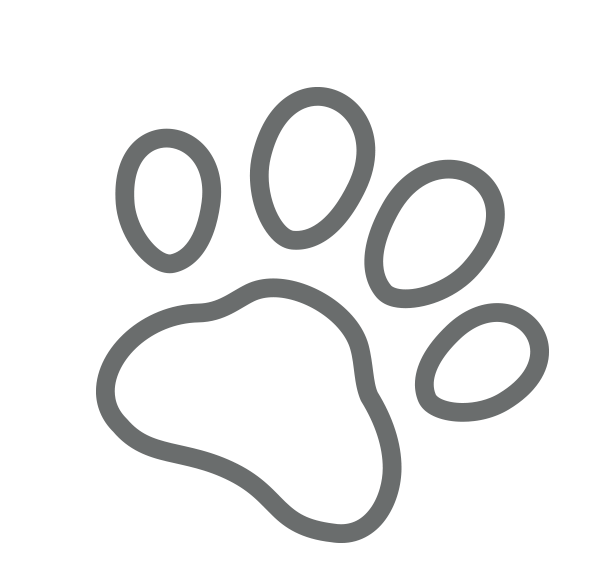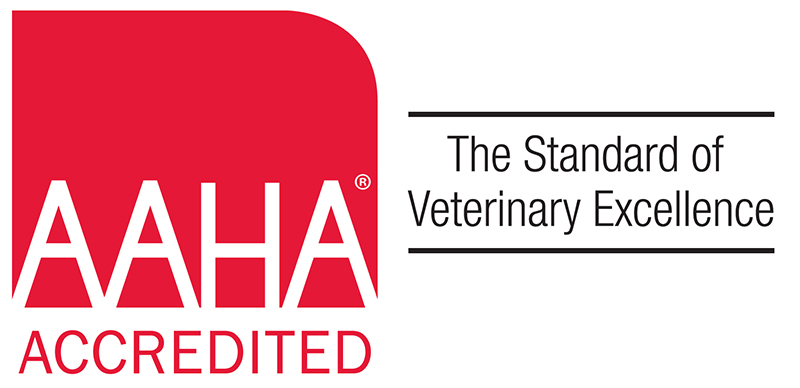Caring for your dog involves noticing when something isn’t right. If you’ve spotted signs of a paw pad yeast infection, it’s crucial to act promptly. This article will guide you through understanding the symptoms, causes, and steps to take if your dog has a yeast infection on one of their paw pads. If you have questions or concerns that you can’t resolve, call Triangle Animal Clinic of Conroe, TX at (936) 756-3318. We’ll happily help your pet and give you the information you need.
What is a Paw Pad Yeast Infection?
A paw pad yeast infection in dogs is a common condition caused by an overgrowth of yeast on the skin. Yeast naturally exists on your dog’s skin, but certain factors can cause it to grow excessively. This overgrowth leads to redness, itching, and discomfort. Yeast infections can affect one or more paws, making it difficult for your dog to walk or play comfortably.
Symptoms of a Dog Yeast Infection on the Paw
Recognizing the symptoms of a paw pad yeast infection is the first step in addressing it. Common signs include:
- Redness and inflammation
- Constant licking or chewing of the paws
- A sweet or musty odor
- Brown or yellow discharge
- Swelling or thickened skin
- Hair loss around the affected area
Causes of Paw Pad Yeast Infections
Several factors can contribute to a yeast infection in your dog’s paw pads:
Allergies
Dogs with allergies to food, pollen, or other environmental factors are more prone to yeast infections. Allergies can cause your dog to lick and chew their paws, creating a moist environment where yeast thrives.
Moisture
Yeast thrives in moist environments. If your dog’s paws are frequently wet from licking, bathing, or playing in water, they are at a higher risk of developing a yeast infection.
Weakened Immune System
A weak immune system can make your dog more susceptible to infections, including yeast overgrowth. This can be due to age, illness, or certain medications.
How to Prevent Paw Pad Yeast Infections
Prevention is always better than having to seek treatment. Here are some steps to help prevent yeast infections in your dog’s paw pads:
- Keep Paws Dry: Dry your dog’s paws thoroughly after they get wet. Pay special attention to the areas between their toes.
- Regular Grooming: Regularly trim the hair around your dog’s paws to reduce moisture buildup and check for any signs of infection.
- Balanced Diet: Feed your dog a balanced diet to support their immune system and overall health.
- Allergy Management: If your dog has allergies, work with your vet to manage them effectively. This may involve dietary changes, medications, or avoiding certain triggers.
When Should You See the Vet?
If you suspect your dog has a yeast infection on their paw pads, seek veterinary care to get it treated promptly. Call Triangle Animal Clinic of Conroe, TX, at (936) 756-3318, or make an appointment online. Your vet can properly diagnose the condition and recommend the best course of action.
Treatment Options for Paw Pad Yeast Infections
Your vet will provide the most appropriate treatment plan based on the severity of the infection. Common treatments include:
- Antifungal Medications: These can be topical creams, ointments, or oral medications designed to reduce yeast overgrowth.
- Medicated Baths: Your vet may recommend medicated baths to soothe your dog’s skin and reduce infection.
- Dietary Changes: Sometimes, changing your dog’s diet can help manage or reduce the recurrence of yeast infections.
- Regular Check-Ups: Follow-up visits with your vet to monitor your dog’s progress and adjust treatment as needed.
Home Care Tips for Dogs with Paw Pad Yeast Infections
While professional veterinary care is essential, there are steps you can take at home to support your dog’s recovery:
- Keep Paws Clean and Dry: Wash your dog’s paws with a gentle, vet-recommended cleanser and dry them thoroughly.
- Limit Licking and Chewing: Use an Elizabethan collar (cone) if necessary to prevent your dog from licking or chewing their paws.
- Follow Vet Instructions: Adhere to all treatment plans and medication schedules provided by your vet.
- Monitor for Improvement: Keep an eye on your dog’s symptoms and report any changes or concerns to your vet promptly.
Addressing your dog’s paw pad yeast infection promptly can make a significant difference in their comfort and happiness. If you notice any signs of a yeast infection in your dog’s paws, contact Triangle Animal Clinic of Conroe, TX, at (936) 756-3318 for an appointment. Your vet will provide the best care to help your dog get back on their paws.

